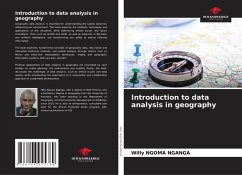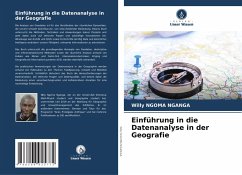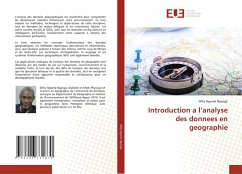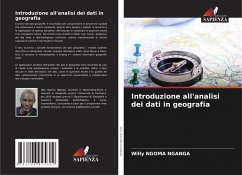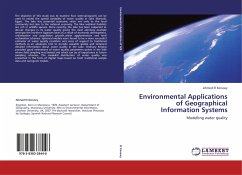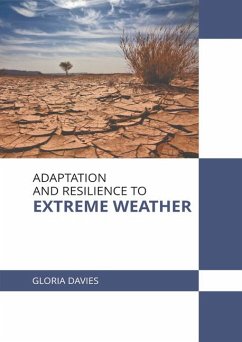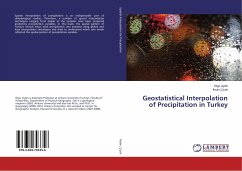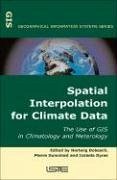
Spatial Interpolation for Climate Data
The Use of GIS in Climatology and Meteorology
Herausgeber: Dobesch, Hartwig; Dyras, Izabela; Dumolard, Pierre
Versandkostenfrei!
Versandfertig in über 4 Wochen
175,99 €
inkl. MwSt.
Weitere Ausgaben:

PAYBACK Punkte
88 °P sammeln!
This title gives an authoritative look at the use of Geographical Information Systems (GIS) in climatology and meterology. GIS provides a range of strategies, from traditional methods, such as those for hydromet database analysis and management, to new developing methods. As such, this book will provide a useful reference tool in this important aspect of climatology and meterology study.



